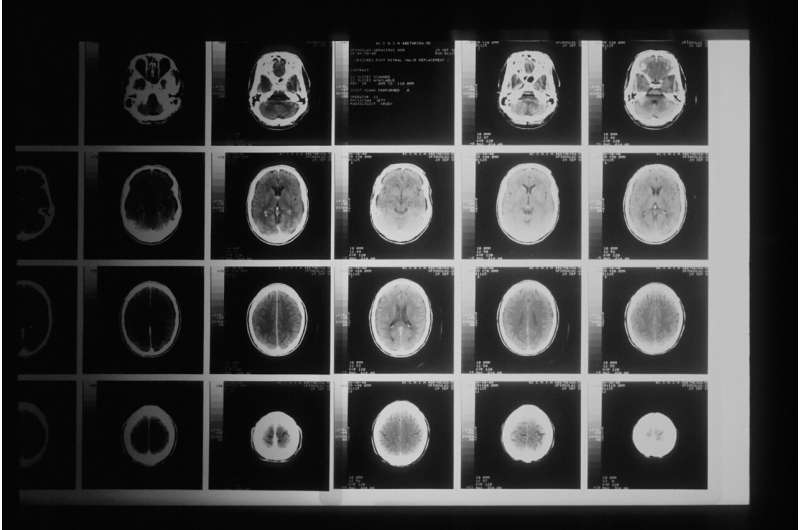Eliminating Out-of-Pocket Costs Boosts Access to Advanced Breast Cancer Screening

Removing a modest out-of-pocket fee significantly increases access to advanced 3D mammography, especially benefiting underserved populations and reducing health disparities.
A recent study conducted by researchers at UCLA demonstrates that removing a modest $45 out-of-pocket fee significantly enhances access to digital breast tomosynthesis (3D mammography), an innovative technology crucial for early breast cancer detection. The study found that eliminating this fee resulted in an overall increase in usage by several percentage points and particularly benefited underserved populations, including racial and ethnic minorities and non-English speakers. Published in the Journal of the American College of Radiology, the research highlights the pivotal role of policy changes in promoting health equity.
The study analyzed data from 13,284 women at multiple sites within an academic medical institution between March 2018 and August 2022. Initially, a $45 fee was charged for digital breast tomosynthesis—though it was refunded if insurance later covered the procedure. This fee was eliminated in January 2021, reflecting the shift in insurer coverage. All participants had access to digital breast tomosynthesis, giving women the choice between this advanced 3D technology and traditional 2D mammograms.
Using a difference-in-difference analysis, researchers compared how different patient groups' screening behaviors changed over time, accounting for various factors such as race, ethnicity, language, insurance type, and socioeconomic status. The findings showed that the utilization of 3D mammography increased by 7.8 percentage points after fee removal, rising from 83.7% to 91.5%. Notably, underserved groups—Asian, Black, and Hispanic patients—experienced further increases, with additional gains of 5.0, 6.2, and 6.2 percentage points respectively. Non-English-speaking patients showed a 7.1 percentage point greater increase compared to English speakers. Patients insured via Medicaid and those from socioeconomically disadvantaged backgrounds also saw higher improvements.
Dr. Nina M. Capiro, the study’s lead author and a diagnostic radiologist at UCLA Health, emphasized that even small financial barriers can prevent vulnerable populations from accessing potentially life-saving technology. She noted that while the removal of fees led to meaningful improvements across all groups, disparities persisted, suggesting the need for additional strategies to achieve full health equity.
The study underscores the importance of examining how patient cost-sharing influences the adoption of advanced medical technologies. It advocates for policymakers and healthcare systems to consider reducing or eliminating out-of-pocket expenses to promote equitable access. Future research might explore complementary interventions to further reduce disparities in breast cancer screening and early detection.
Source: https://medicalxpress.com/news/2025-06-pocket-fee-access-3d-mammography.html
Stay Updated with Mia's Feed
Get the latest health & wellness insights delivered straight to your inbox.
Related Articles
Court Mandates Continuation of Hormone Therapy for Transgender Inmates
A federal court has ruled that transgender inmates must continue receiving hormone therapy and gender-affirming care, challenging restrictions imposed by previous policies. The decision emphasizes inmates’ health rights and the importance of ongoing medical treatment for gender dysphoria.
Confirmed Connection Between Smoking and Elevated Blood Pressure
A recent study confirms the strong link between tobacco smoking and increased risk of high blood pressure, highlighting the importance of accurate smoking assessment methods.
Revolutionary Genetic Test Can Diagnose Brain Tumors in Just Two Hours
A groundbreaking genetic testing method can diagnose brain tumors in as little as two hours, vastly improving intraoperative decision-making and patient outcomes. Developed by the University of Nottingham, this technology uses nanopore sequencing to provide quick, accurate, and cost-effective tumor classification, transforming care for brain cancer patients.
Dual-Targeting Radiopharmaceutical Therapy Demonstrates Safety and Effectiveness in Treating Multiple Cancers
A new dual-targeting radiopharmaceutical therapy demonstrates high safety and effectiveness in treating various cancers, showing promising results in early human trials. This innovative approach offers hope for precision cancer treatment with minimal side effects.



